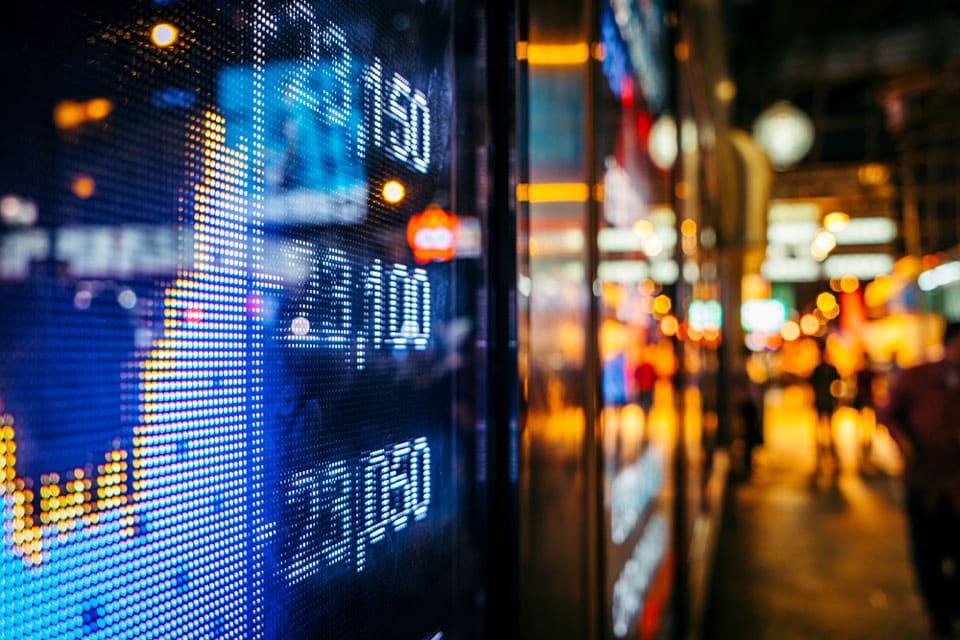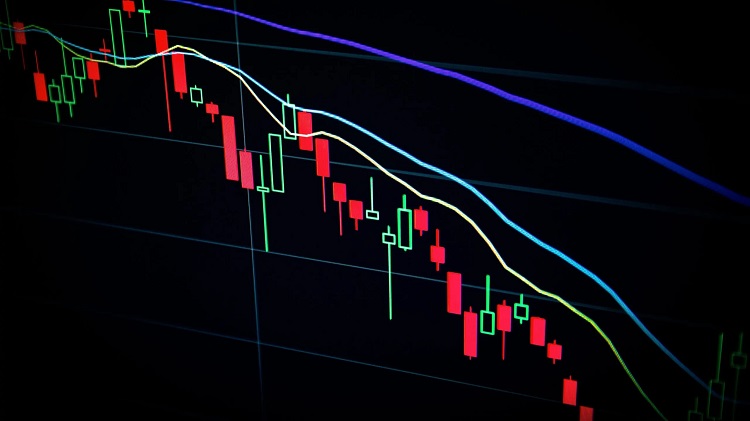You hear it all the time in the crypto space: “Look at the market cap!” But what does that actually mean for the price of a coin or token? If you’re trying to make sense of it all, you’re not alone. Market cap can feel like a big, complicated topic, but once you break it down, it’s actually pretty straightforward.
First off, market cap, short for market capitalisation, is just the total value of all coins currently in circulation. You get it by multiplying the current price of a coin by the total number of coins out there. For example, if a coin is priced at £2 and there are 50 million of them, the market cap would be £100 million. Simple maths, right?
Now, you might be thinking, “Fine, but why does that matter for price?” Well, market cap gives people a rough idea of how big or “established” a cryptocurrency is. A coin with a massive market cap usually feels safer to investors, while one with a tiny market cap might seem riskier. This perception directly affects buying and selling habits, which, naturally, move the price around.
How Market Cap Influences Buying Behaviour
Imagine two different coins. One has a market cap of £5 billion. The other is sitting at £10 million. The bigger one immediately seems more stable. Investors tend to think, “Loads of other people must believe in this project if it’s worth billions.” That confidence encourages even more people to buy in, often pushing the price higher.
On the flip side, a low market cap can scare people off. It suggests that the coin might not be well-known, trusted, or widely used. Of course, smaller market cap coins can grow fast, offering big returns. But they’re just as likely to crash. It’s a bit like betting on a local band versus buying a ticket to see a global superstar.
Price vs Market Cap: It’s Not Always What You Think
A mistake lots of newcomers make is looking at price without considering market cap. You might see a coin that costs just £0.01 and think, “If it gets to £1, I’ll be rich!” But here’s the thing: you have to look at how many coins exist.
If a coin has 10 billion tokens floating around, getting to £1 would mean the coin’s market cap would have to hit £10 billion. That’s massive. Not impossible, but way harder than it sounds.
Take Bitcoin, for example. Its price is high partly because there are only 21 million bitcoins that will ever exist. Scarcity plays a big part. Meanwhile, some meme coins throw trillions of tokens into circulation. Even if those coins are incredibly popular, their price per coin stays tiny because the supply is so massive.
Why Supply Matters Too
Market cap isn’t working alone here. Supply plays a huge role in how people see a coin’s price potential. Coins with a fixed, limited supply often attract investors who are banking on scarcity to drive prices up.
It’s a bit like comparing two paintings. One artist only ever made five pieces, while another churned out thousands. Which one’s likely to be more valuable per piece? Same logic applies with crypto.
Unlimited or huge supplies can cap the potential price, even if demand is strong. And if a project decides to print more coins (known as inflation), that can mess with the market cap and the price even further.
Emotional Investing and Market Cap
Here’s something a bit less talked about: how emotions come into play. People are emotional creatures, and crypto markets are basically a playground for feelings like fear and greed. When a coin’s market cap starts climbing, FOMO (fear of missing out) kicks in. More people rush to buy, hoping to catch the wave before it crests. That drives the price up even more, at least for a while.
On the other hand, a falling market cap can send investors running for the exits. They start selling in a panic, and the price tumbles. You see it all the time during so-called “crypto winters.”
Understanding market cap can help you keep a cooler head. Just because a coin’s market cap is falling doesn’t always mean the project is dead. And just because it’s rising doesn’t guarantee it’ll keep going forever.
Small Market Cap Coins: Big Risk, Big Reward
Small-cap cryptocurrencies can be really tempting. A £500 investment into a small, unknown project could turn into £5,000 if it takes off. Sounds amazing, right? But for every success story, there are dozens of failures. Coins with tiny market caps can be easily manipulated. A few big investors (whales) can push the price around however they like. It’s not always a fair game.
Also, smaller projects are more vulnerable to hacks, technical issues, and plain old bad management. A slight mistake can wipe out millions in value overnight. That’s why it’s good to do some proper digging before tossing your money into something just because it’s cheap.
Big Market Cap Coins: Slower but Steady?
Coins with big market caps, like Bitcoin and Ethereum, usually move slower. You’re probably not going to see Bitcoin double in price in a week anymore. But they can still grow steadily over time. They’re more like blue-chip stocks than lottery tickets.
Investors looking for less drama (but still good long-term gains) often stick with these bigger players. It’s not bulletproof, but it’s a lot harder for one or two whales to tank Bitcoin compared to a brand-new altcoin.
Does a Higher Market Cap Mean Less Room to Grow?
Not always. Some people think once a coin has a big market cap, the big gains are over. But that’s not necessarily true. Growth might slow down compared to early days, but there’s still plenty of room for coins with real-world use cases or strong communities to climb.
For instance, Ethereum’s market cap has grown massively over the years, yet it continues to expand because people actually use it for things like smart contracts and decentralised apps. Growth isn’t just about hype; it’s about actual utility.


